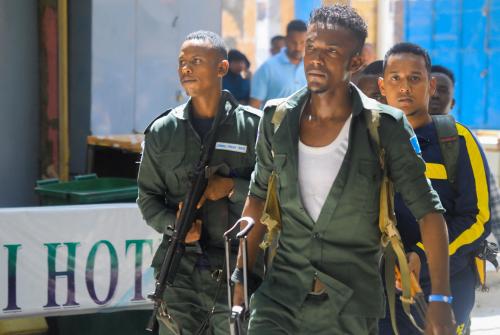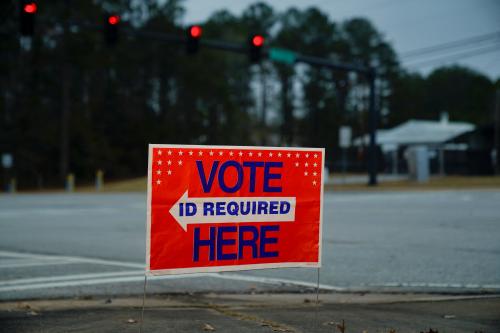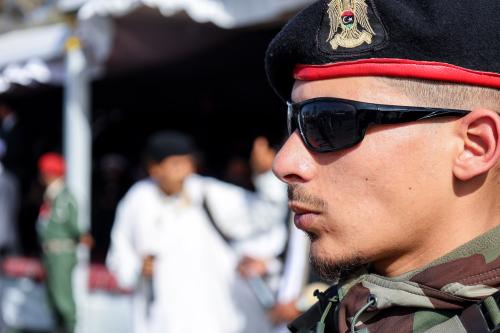After less than two weeks of training, the strike force of 150 British paratroopers deployed to the target zone, a ramshackle camp located in the jungles of Sierra Leone. At H-Hour, the assault group raced out from three RAF Chinook CH-47s, while three other helicopters laid down curtains of covering fire. At the same time, Special Air Service (SAS) snipers, who had waited for nearly a week in the surrounding swamps, opened up. Much of the force had to wade through chest-deep water and then hack through 150 meters of jungle while under fire, but they persevered to the objective: a collection of low huts where six hostages were held. The hostages were hurried into waiting choppers and the operation was quickly over. The fighting had been brief but “brutal.” Estimates of enemy dead ranged from 25 to 150.
This British rescue assault, code-named Operation Barras, took place in September 2000, but received little attention in the United States. It merits mention not because it was a textbook operation lasting just 20 minutes, but rather because of the nature of the enemy: the “West Side Boys,” a rogue militia primarily made up of children. In fact, the very reason for Operation Barras was that 16 days earlier, the “Boys” had seized a patrol from the British Royal Irish Regiment, deployed on military training duties. The soldiers had been surrounded and then captured when their squad commander was unwilling to fire on “children armed with AKs.” Operation Barras was one of the first Western engagements with this new, troubling feature of global violence. It illustrates a reality of contemporary conflict for which the US military is ill-prepared.
As we enter the 21st century, a new phenomenon of warfare has emerged, one quite different from the technical revolution in military affairs (RMA). While not a formal doctrine, it similarly represents a body of fundamental principles, deliberate instrumental choices, and transferred teachings. In this case, it prescribes the methods and circumstances of employing children in battle.
“Child soldiers” are generally defined as persons under 18 years of age engaged in deadly violence (of a non-criminal type) as part of an armed force. Units made up of such fighters have become a fact of present-day warfare. Children are participating as active combatants in over 75 percent of the world’s armed conflicts. It is nearly inevitable that American troops will have to contend with this feature of modern warfare at some point and also “find themselves face-to-face with a 14-year old carrying an AK-47.”
Unfortunately, the issue of child soldiers is still a largely invisible one to American security studies. Most of our understanding of child soldiers comes not from within the field, but from advocacy efforts and the research side of pediatric medicine. Most worrisome, no doctrine has been developed for dealing with the specific challenges and dilemmas that child soldiers present to mission planners or deployed units.



Commentary
Caution: Children at War
December 1, 2001